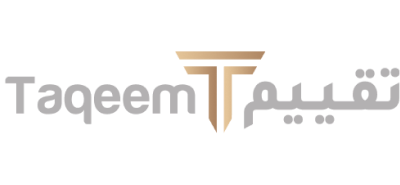Equipment Valuation
In the appraisal of business assets, equipment value is frequently required. Depending on the type of business, the Subject Company may have considerable equipment assets, such as manufacturing machinery, automobiles, tools, and other assets used in daily operations. A corporation may require an equipment appraisal for a variety of reasons. A value may be required for insurance purposes, as well as for the purchase or sale of a particular item. Because property tax assessments are based on current values, a company may request periodic equipment appraisals as its equipment ages; depreciation may assist the corporation in lowering its tax assessment. Equipment valuation is a three-step process that uses standard methodologies to determine value. In this post, we’ll look at how to evaluate used equipment and the many types of equipment assessments.
The 3 Steps In Equipment Valuation
Regardless of the reason for the valuation, appraisers follow these three steps to determine the value of equipment:
- Identify the equipment to be valued and gather essential information for each piece, such as the purchase date, purchase price, and the equipment’s carrying value on the balance sheet, as well as incurred depreciation.
- Use the most acceptable method or procedures for valuing your property. The sales comparison technique (similar to the market approach) and the cost approach are two ways for valuing equipment. The appraiser uses the sales comparison approach to try to determine the current going rate for similar equipment by looking at dealer listings and auction prices, as well as talking to vendors, to gain an estimate of the equipment’s potential selling price in current condition. The obvious disadvantage of this strategy is that it necessitates a reasonably active market in order to make comparisons. The market for equipment like tractor trailer rigs is likely to be active enough to establish value, but specialist machinery may require a different strategy.Another way for assessing equipment is the cost approach. When utilizing the cost approach to estimate fair market value of equipment, the appraiser determines what the current new replacement cost would be, then makes changes to account for the equipment’s physical, functional, and economic obsolescence. For example, to determine the new replacement cost, the appraiser could look at the equipment’s original purchase price and then adjust it for inflation to determine how much the equipment would cost today if purchased new. The obsolescence adjustments are then performed to arrive at the present value.The income approach is not used in equipment valuation because it is difficult to attribute cash flows to individual pieces of equipment.
- Apply judgement to determine the value. If the market for the type of equipment being valued is reasonably active, the sales comparison approach will provide the most accurate value for the equipment. ASC 820 places the greatest weight on quoted prices in active markets for identical assets, so for a piece of equipment where there is an active market, the value derived through the sales comparison method is the default. The cost approach should be used if the market is not active enough to establish a precise value. The value gained from the cost technique can be compared to the limited market data available, and the value can be calculated by averaging the values obtained from the two types of equipment appraisals or using some other fair weighting method. Because the appraiser must consider various costs that a buyer will incur in the acquisition of the equipment, judgment is a significant aspect in arriving at the final value: For a prospective buyer, the costs of disassembly, shipment, and re-assembly of significant pieces of stationary equipment will effect value. Pricing reflects these costs in an active market. When the market isn’t as busy as it should be, these additional expenditures must be factored into the equipment valuation.
While equipment valuation uses some of the same basic valuation procedures as business valuation to calculate values for business equipment, sound judgment on the side of the valuation specialist is also crucial in determining fair values for equipment, as mentioned above. A seasoned valuation expert will have the knowledge and experience to use the appropriate valuation methodologies and make the necessary changes to arrive at a reasonable value for your equipment assets.
Need help determining the value of your equipment?
Taqeem has assisted businesses in a range of industries with accurate asset and business appraisals. For a wide range of enterprises and situations, we have vast expertise applying all valuation methodologies. Our valuation and transfer pricing experts have worked with some of the world’s top corporations.
Please contact us to learn more about how we may assist your organization with valuation and transfer price issues.

